For the chance to have your Playful Kimono designs featured on the V&A Instagram channel, please share your kimono and tag @vamuseum and @playful_kimono on Instagram.
Playful Kimono invites everyone to imagine what their unique kimono would look like. The idea for this project came about at the height of lockdown in London, when people around the world were isolated and in a collective state of confusion.
After spending a year in Kyoto in 2018 – 19 researching Japanese textiles, I returned to London to complete my dissertation. I was beyond excited for the V&A’s Kimono: Kyoto to Catwalk exhibition and thought, as I am sure many others did, I can’t wait to go when I have a quiet moment so I can take my time and truly enjoy the experience.
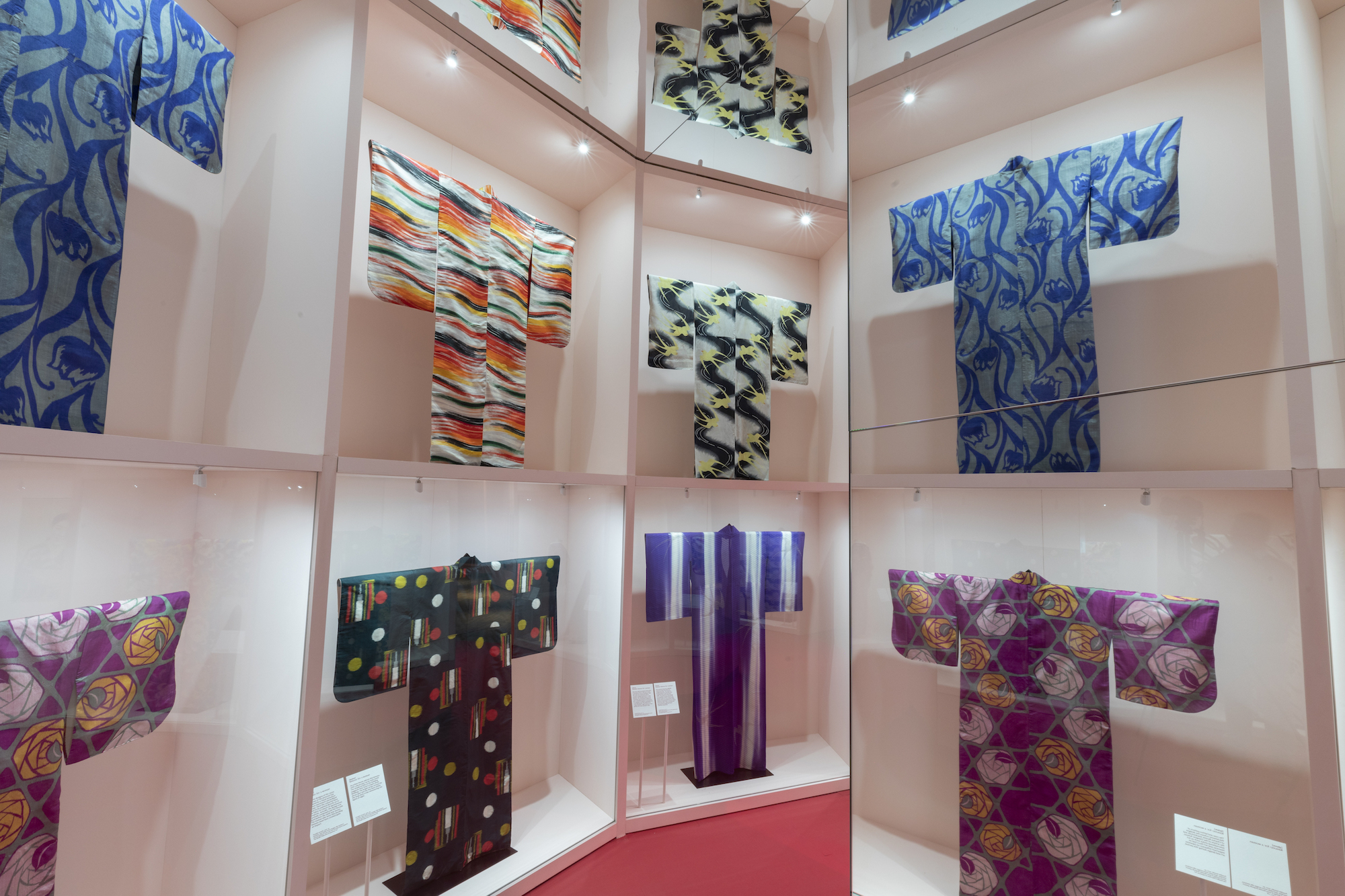
Soon it became clear that museums would close their doors and it would not be possible to see the exhibition any time soon (if at all). As a graphic designer and producer, I am constantly questioning how design and cultural activities can bring people together. And so, watching the devastating events unfurl, I wanted to direct my energy towards something positive and engaging for a wide audience.
I remembered an image I had seen online of a kimono design by legendary graphic designer Tanaka Ikko in a book about Japanese emblems. I was intrigued by the clear outline of the flat kimono shape with the bold design inside, and began to read more about the kimono design process.
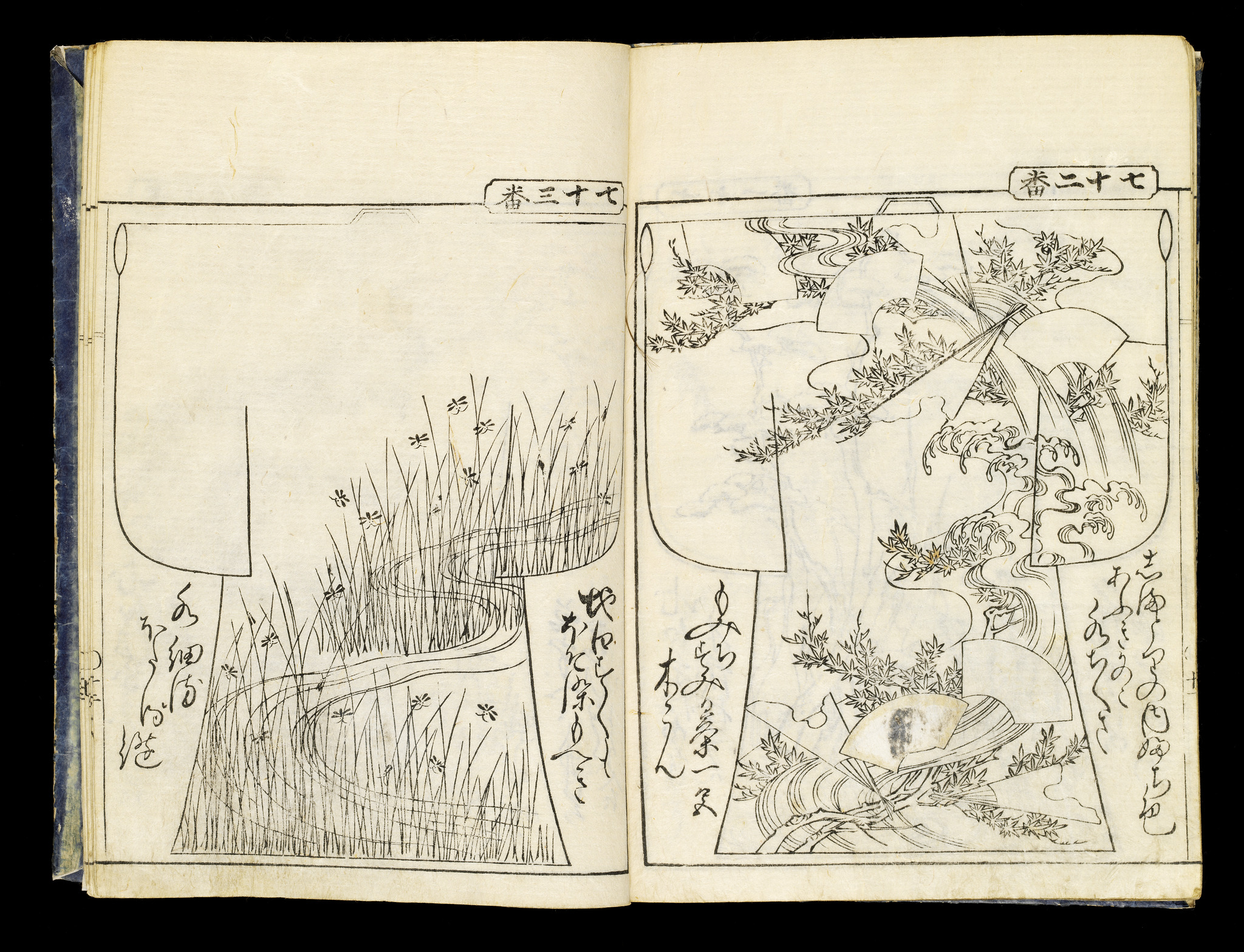
I was amazed that these beautiful hinagata-bon, or kimono sample books, were used casually as catalogues for prospective buyers. These meticulous kimono patterns were either painted by hand or, more commonly, woodblock printed before being bound into a book. The earliest known sample book was published in 1667, during the Edo period ,when the merchant class was expanding and the kimono market was thriving. There is a fantastic article in the Kimono: Kyoto to Catwalk exhibition catalogue about kimono and its relationship to ukiyo-e woodblock prints.
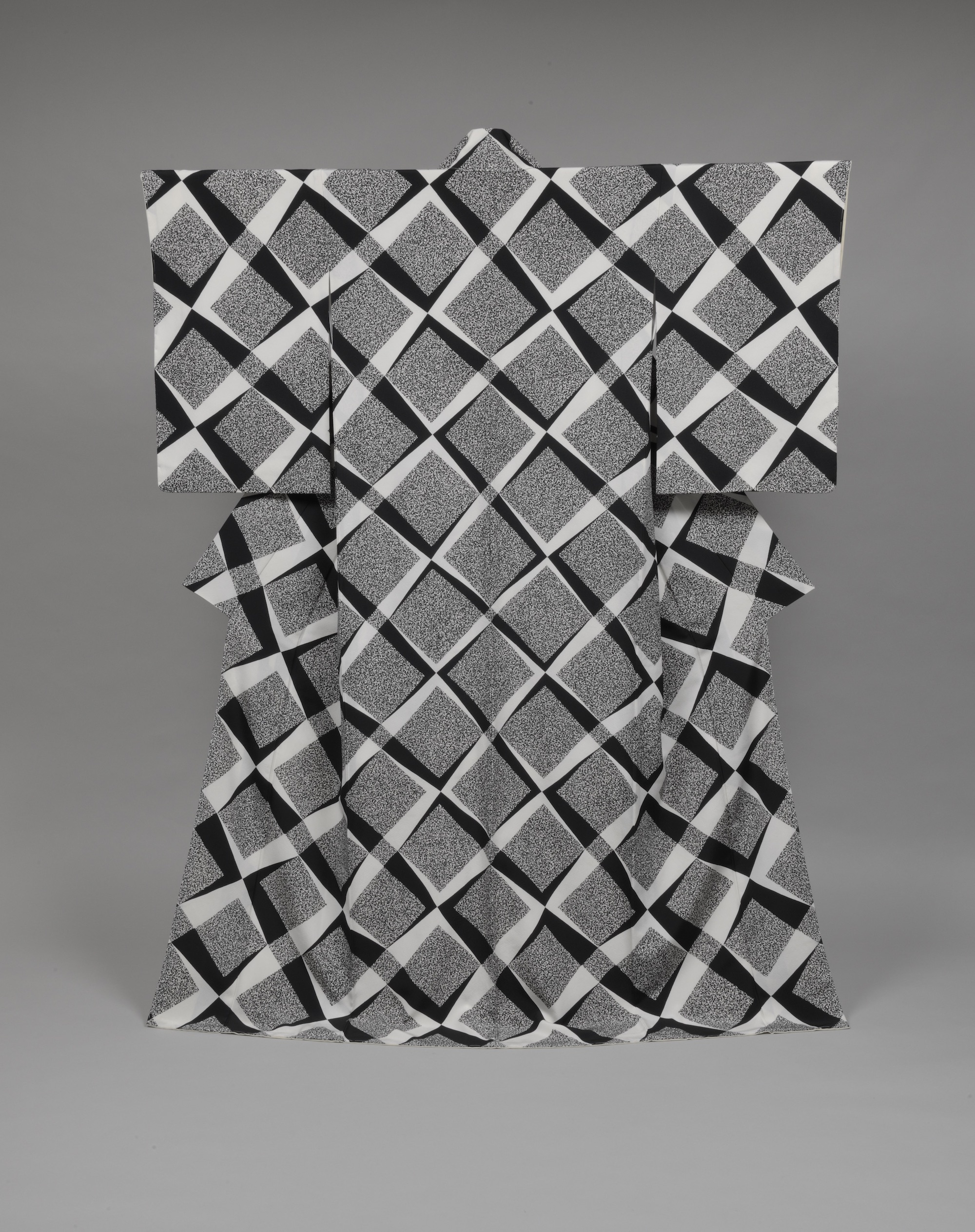
After learning more about hinagata-bon, I wanted to explore how I might design a kimono. Using Photoshop, I traced the outline of a kimono, colouring the background black to make the shape stand out. This quick design exercise marked the birth of the Playful Kimono template.
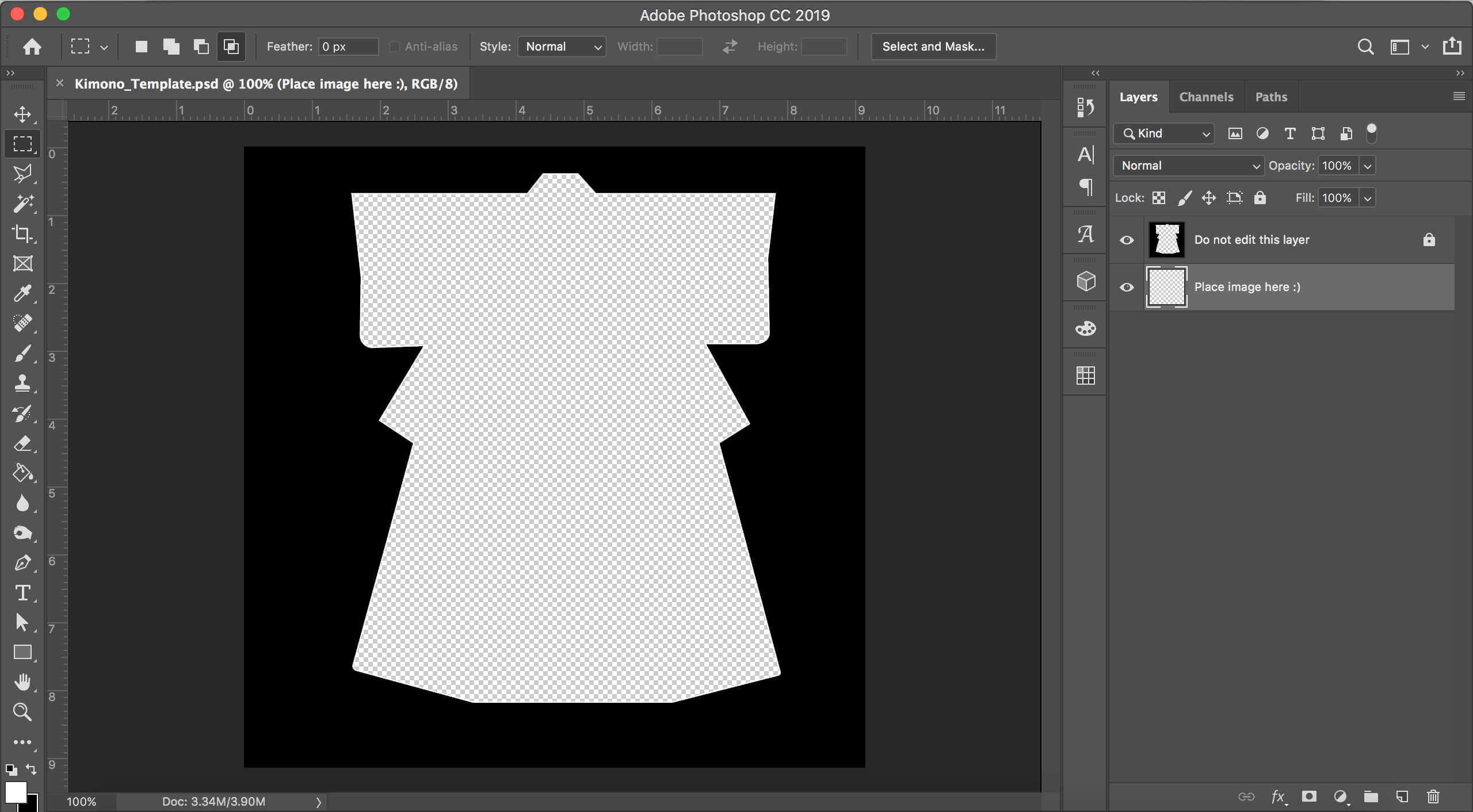
Once I started, I couldn’t stop. After creating a mass of designs using images I found on my laptop, I showed my Japanese mother, who is a long-time wearer and collector of kimono. I was worried she would find the designs silly but instead she broke into a big smile and said, ‘These kimono are so playful!’
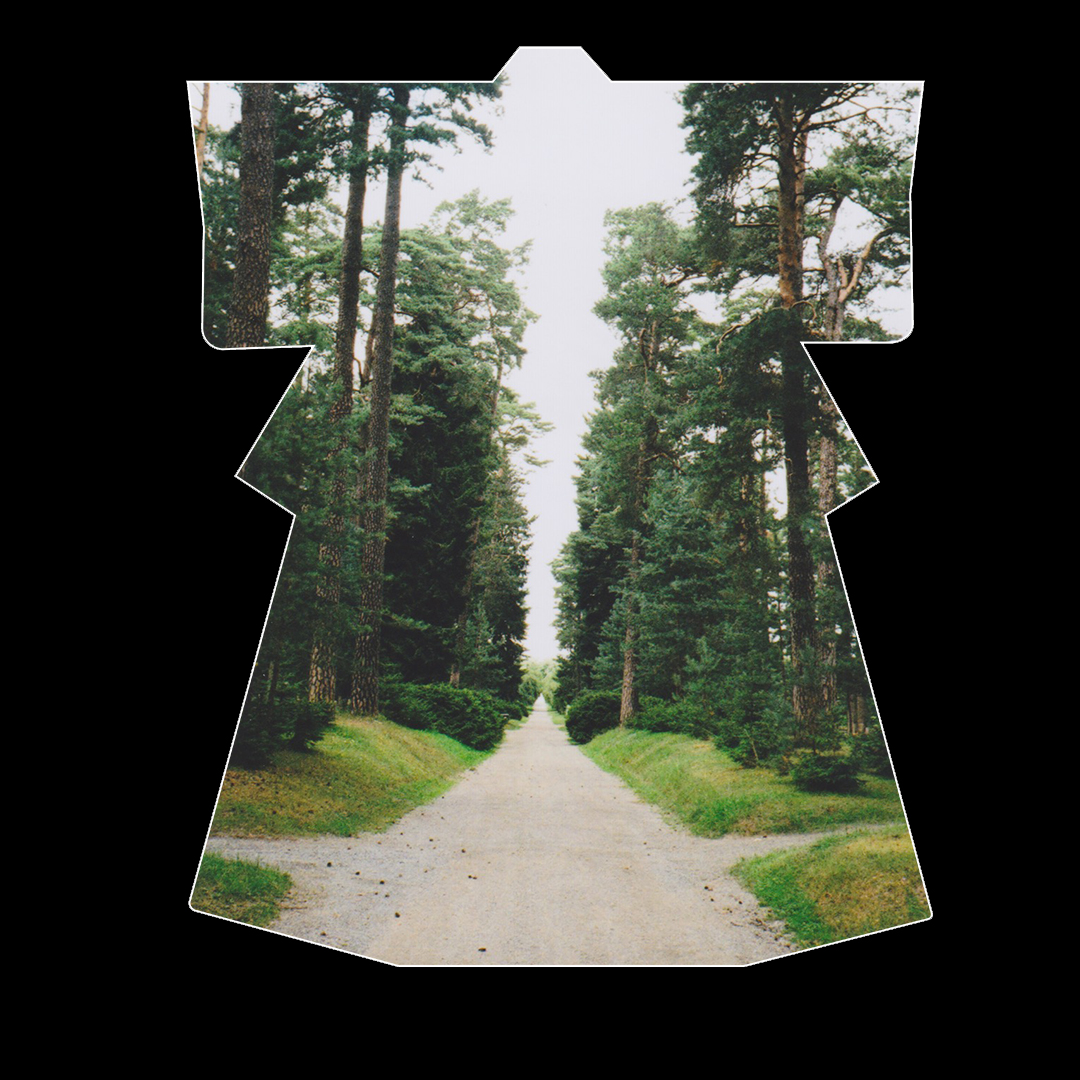
I began to share the template with friends and loved their creative designs. Working between Japanese and British-European culture, I am excited by the possibilities of cross-cultural collaboration, and started to archive and curate the designs on a dedicated Instagram page. As more people started to get in touch, the template travelled as far as Colombia and Israel. It was moving to gauge the global interest in Japan’s national dress and people’s enthusiasm for the project during this uncertain time.

Submissions to Playful Kimono continue to surprise me. Here are some of my favourite designs so far.


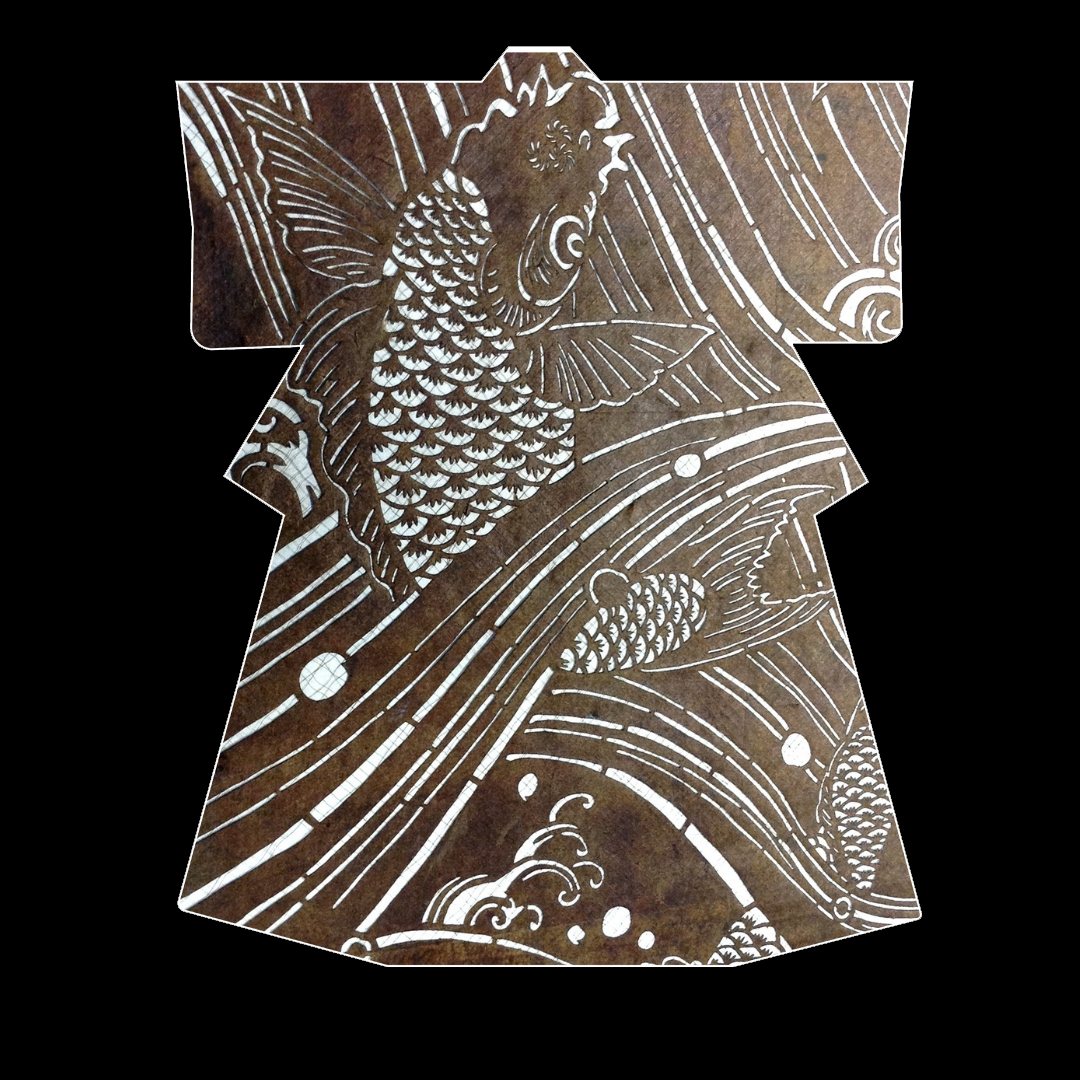
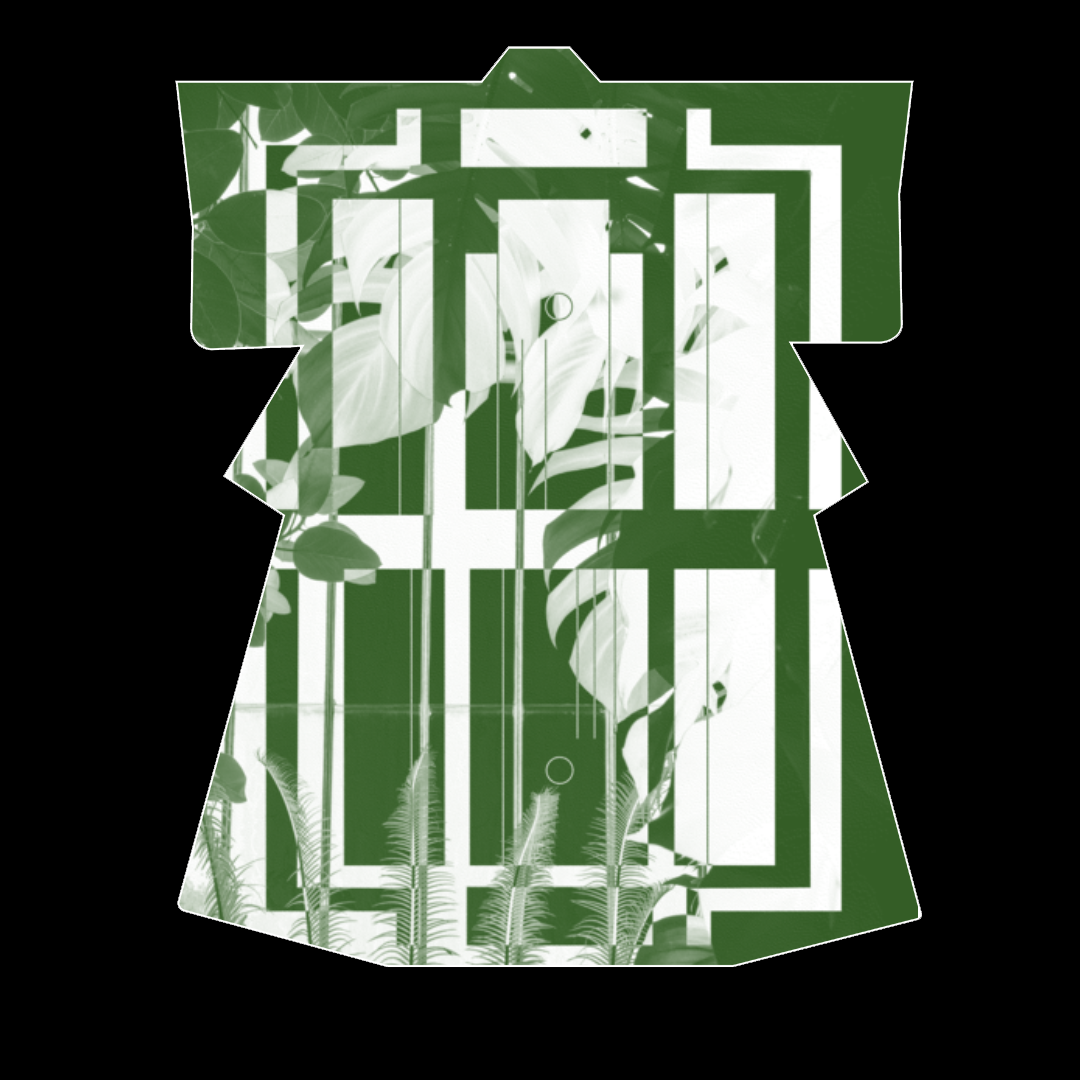
This month, with the help of software developer Alex Franklin, I launched the Playful Kimono website. Now the template is open to anyone with access to internet. No Photoshop required.
I am keen for Playful Kimono to be used as a creative tool for people to look at the world around them through a new lens. If you would like to have a go but feeling stuck, here are some questions to help you get started:
- What happens when this scribble is enlarged?
- Is there anything around you that is symmetrical?
- Can you spot any patterns or prints where you are?
We’d love to see what you make! Please share your V&A-inspired Playful Kimono designs by tagging @vamuseum and @playful_kimono on Instagram. The V&A will be reposting the best designs on their Instagram.
Playful Kimono encourages anyone to propose an idea for how a kimono might look, providing a small insight into Japan’s most iconic garment. I hope that the project sparks intrigue into the deep and wondrous world of kimono.
Learn more about Euphemia on her website. Follow her on Instagram


